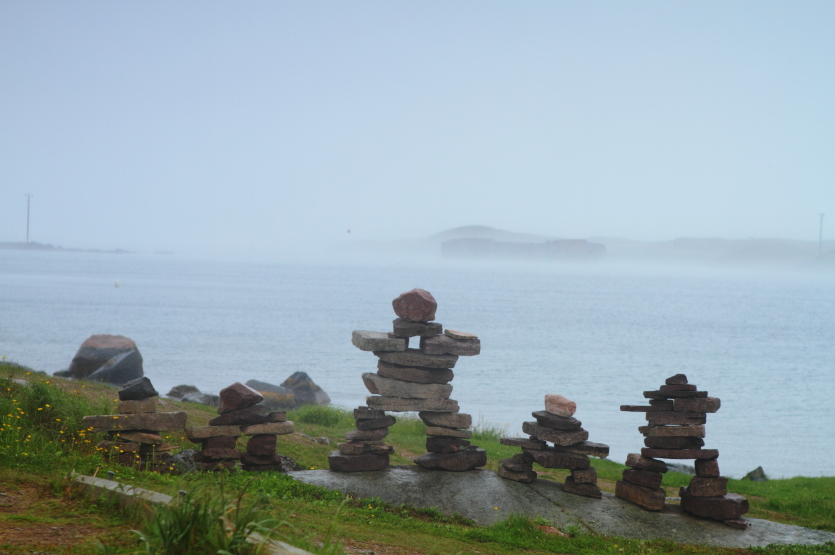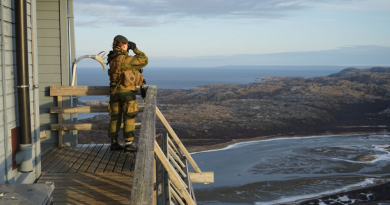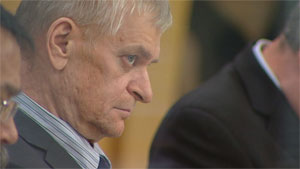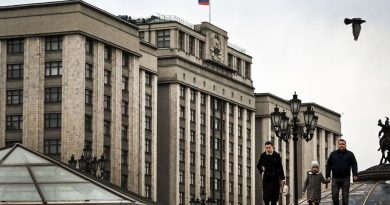Inuit culture celebrated in Newfoundland, Canada

Dozens of artists, elders, researchers and policy makers gathered in the Canadian city of St. John’s this weekend for a scientific and cultural event featuring and celebrating Canada’s Inuit people.
The Biennial Inuit Studies Conference 2016, which ran from Oct. 7 to 10 in the capital of the Atlantic Canadian province of Newfoundland and Labrador, brought together representatives from Canada’s four Inuit regions: Nunatsiavut, in northern Labrador, Nunavik, in northern Quebec, the territory of Nunavut and the Inuvialuit Settlement Region in the Northwest Territories.
The conference was hosted by Memorial University and by Nunatsiavut, marking the first time an Inuit government co-hosted the event.
“It used to be mostly white academics who would present on their research in the Arctic and very much contributed to the frustrations that Inuit have of being researched without much benefit to the community,” said Laakkuluk Williamson Bathory, a well-known Iqaluit-based poet, performer and advocate.
“But as it evolves, there are more and more Inuit who are engaging on an academic level about our own communities, so I find it very important to be able to speak with and engage with all of these Inuit intellectuals who are astute in their own work and also very challenging of other people’s work in a very progressive way.”
Culture spotlight
The Katingavik Inuit Arts Festival and iNuit Blanche — the first ever all-Inuit, all-night art crawl spread across downtown St. John’s — also ran simultaneously with the conference.
Speaking to RCI on the phone from St. John’s, Williamson Bathory said she and Vinnie Karetaq, chairman of the Qaggiavuut non-profit society for performing arts in Nunavut, took part in panel discussions on the future of performing arts, as well as performing in a number of different capacities.
The Katingavik Inuit Arts Festival and iNuit Blanche event allowed participants to sample and take in various forms of Inuit art, Williamson Bathory said.
Williamson Bathory and Karetak said they also used the opportunity to champion the creation of a dedicated performance arts centre in Iqaluit, the capital of Nunavut.
Nunavut is the only territory or province in Canada without a performing arts centre and Iqaluit is the only capital city in North America without a space to present the performing arts, Karetak said. Nunavut performance artists have to borrow performance spaces in school auditoriums or community centres that are too scarce and often not properly equipped for performance arts, he said.
“Having our own performance arts centre will free us to start really doing what we want to do, which is performance arts,” Karetak said.
Arts collaboration
Nunavut-based artists have collaborated with artists from Nunatsiavut, Nunavik and the Inuvialuit Settlement Region, but having their own performance arts centre will allow them to take their collaboration to a new level and include whole of the circumpolar world, Karetak said.
“Hopefully soon we could start working more closely with international folks,” Karetak said. “Greenland has a strong performing arts scene and we’re looking at ways of maybe working together so we can be what we aspire to be.”
The event also gave Inuit artists and performers an opportunity to learn from each other, as well as educate non-Inuit about the realities of life in the Arctic, Williamson Bathory said.
“I’m very motivated to make art and performance within my community, I love the collaborative aspect of creating art with Inuit, for Inuit,” Williamson Bathory said. “But also I do really believe that it’s important for us to engage in an artistic dialogue with all sorts of non-Inuit too because that’s the way that art keeps on forming, and there is such power in using art to create dialogue.”
Karetak, who produces a popular TV show in Inuktitut, said he was interested in attending some of the presentations focused on education and preservation of Inuit culture and Inuktitut language, especially among children who are increasingly exposed to other cultures.
Related stories from around the North:
Canada: Canada’s National Film Board shares its treasure trove of Inuit stories, Radio Canada International
Finland: Heritage hunting in Finnish forests, Yle News
Greenland: Feature Interview – Canadian artist explores Greenland’s past, Eye on the Arctic
Iceland: Feature Interview – Hunting culture under stress in Arctic, Eye on the Arctic
Norway: Alaskans win Norwegian film contest, Alaska Dispatch News
Russia: Russia’s Arctic culture heritage sites get protection, The Independent Barents Observer
Sweden: Sami & indigenous film festival in Stockholm, Radio Sweden
United States: Brace yourself: More Alaska reality TV on the way, Alaska Dispatch



